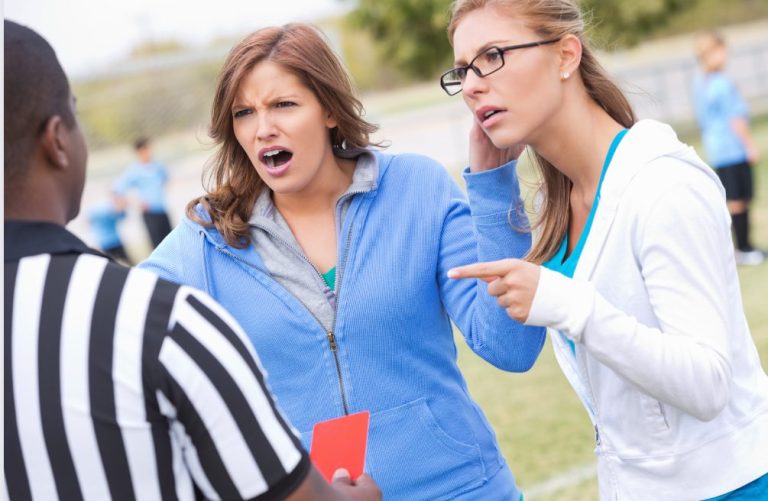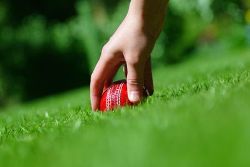Squash is a great way to encourage health and fitness in children. Face paced and fun, squash was recently named the healthiest sport in the world.
What is Squash?
The origins of squash are in the ancient game of real tennis. In the twelfth century in France boys and girls played ball games in the narrow streets of their villages. They slapped balls along the awnings or roofs that lined the street, or into shop and door openings. Rules depended on local geography.
The earliest recorded reference to Squash in New Zealand was on the 23rd of November 1919 (Herbert N Watson – Palmerston North) however it wasn’t until 18 May 1939 that the New Zealand Squash Rackets Association was incorporated to develop the game that we love today.
Squash was recently rated as the number one healthiest sport in the world by the highly credited Forbes Magazine which rated sports on their levels of fitness, speed, flexibility, risk of injury and strength.
Those attributes combined with a sport that can be played at any time (night or day), in any weather, at over 230 locations throughout New Zealand makes the sport popular, easy to find and a great way to have fun while getting fit.
Where do you play Squash?
In New Zealand we are lucky to have a fantastic infrastructure of clubs and facilities in every city and town of the country.
Budding players can join a local squash club or, in many cases, experience the sport through their school. In every Region throughout New Zealand Squash has a network of micro courts (small transportable courts exactly 1/3 rd the size of a normal court) that are provided to primary schools (along with coaching support) to allow every child the opportunity to ‘have a go’.
Secondary schools often offer squash as part of their PE programme, with access provided to Clubs for coaching and facilities. There are also school Squash interclub structures in each Region.
Clubs and Regions also operate weekly junior programmes throughout the year for young players. They are provided with coaching support to develop their game and racket skills. They also enjoy an environment of fun where they can play against young players of their own age and capability.
What age can your child start Squash?
When you can lift a racket…it’s time to start.
In most cases, the youngest starting age is 5, but some kids start earlier – particularly if they’re from keen squash families!
Squash New Zealand has developed a Junior Skills Programme that is operated nationally and is designed to help players develop their racket and ball skills to correspond with developing physical ability. The programme has several levels that are certificated and encourage the players to progress in a simple and enjoyable way.
For those potential ‘future stars’ there is also the opportunity of advanced coaching. The national structure of squash coaching provides a clear path from clubs and regional programmes to national squads and programmes.
How do you progress over time?
Squash is a game that no matter what level or age you are, you can play at a level that suits (and challenges) you.
This is achieved through a national grading system – every player has the option of obtaining a grade. Note that grading is optional – it is also possible to play at a purely social level.
The grades start at J Grade (grades 8 up to 1) for Juniors (players under 19) and progress to Senior Grades which range from F grade up to A grade. This grading system records your matches and is used to ensure that you get to play people of equal ability. Alternatively, if you want a more challenging game you can use the grading system to help identify players with greater ability and skills, to assist you in improving your game.
The Juniors progress from grade 8 up to grade 1: the typical age progression is J8 5yrs, J7 6yrs, J6 7yrs, J5 8yrs, J4 9yrs, J3 10yrs, J2 13yrs, and J1 15 yrs. However, juniors tend to pick up the game very quickly, and often switch to the Senior grades (F, E, D grades), before they have worked up to J1. In fact, once they “catch the bug” and get a little more competitive, they seem to like to jump up to the senior grades as soon as possible … great for boosting a young ego!
The beauty of the grading system (for both Juniors and Seniors) is that you can play at the level at which you feel comfortable, and in the knowledge that you are in control of the challenge you are setting yourself.
The ultimate aim (for those keen on competing) is to become an A grade player, be selected to a New Zealand squad…and represent New Zealand at the World Championships or Commonwealth Games.
What gear do you need for Squash?
The list of gear you need to play Squash is fairly brief:
- Squash racket: found at most reputable sports stores or at your local Squash Club pro-shop.
- Non-marking shoes: shoes that won’t mark the wooden floors –found at all sport stores.
- Shorts/Skirt/Shirt: available at all sports and clothing stores.
- Safety Glasses: if you are serious about playing in tournaments and interclub, safety glasses are mandatory: they ensure your safety on court and are available at most sports or Squash stores.
- Optional items: a sports bag, drink bottle – check out sports stores (or your cupboards at home) for these items.
How much does Squash cost?
Here is an estimate of the cost of a primary school age child starting Squash (bear in mind many of these items will last for several years – so may be a ‘one off’ cost):
| Item | Cost |
| Club Sub for year | $20.00 |
| Court shoes 1 pair | $50.00 |
| Socks 1 pair | $12.00 |
| Shorts/Skirt 1 pair | $25.00 |
| Safety Glasses | $50.00 |
| Racket | $80.00 |
| Total Cost | $203.00 |
Note: Club subscription costs differ from club to club…and the cost of equipment like rackets can vary depending on the quality of the equipment you buy. The prices shown above are indicative of entry-level quality rackets and shoes. Like any sport – you can spend as much (or as little) as you want to in the quest to be the best.
How much time does Squash take to learn?
For most children, they will have one practice and one game per week. Games and practice can be played at any time that suits your family (one of the beauties of the sport).
You can expect to be at the court for about an hour each time (allowing for a shower and change etc). However, the time you put in will probably be dictated by the amount of time you have available and how keen you are! This is because the sport is easily accessible and relies only on yourself (and perhaps one other player) so times can be set to suit your needs.
Each club has a Club Night (usually Thursdays) where anyone can go along and play. Most clubs also have a Juniors night/day, usually on Friday evening or Saturday morning. Tournaments are usually played at the weekend – whilst Interclub is played during the week, after school.
The Squash season is year round – however most of the tournaments, interclub and events occur between April and September each year. There are hundred of tournaments across the country each year to choose from, so there is never a time or place that you can’t be involved (if you choose to be!)
Note that whilst squash is an individual sport on the court, it is very social within each club and region. There are also team interclub games. At most junior events and club nights there are a “truckload” of kids around: and they all get to know (and text!) each other.
Great Squash Websites
The official site of Squash in New Zealand – plenty of news, views, information and tips. It’s really comprehensive, with great links across the country to each of the Squash regions, where you will find local club contact details and information about Squash happening daily, weekly and monthly in a place near you.



